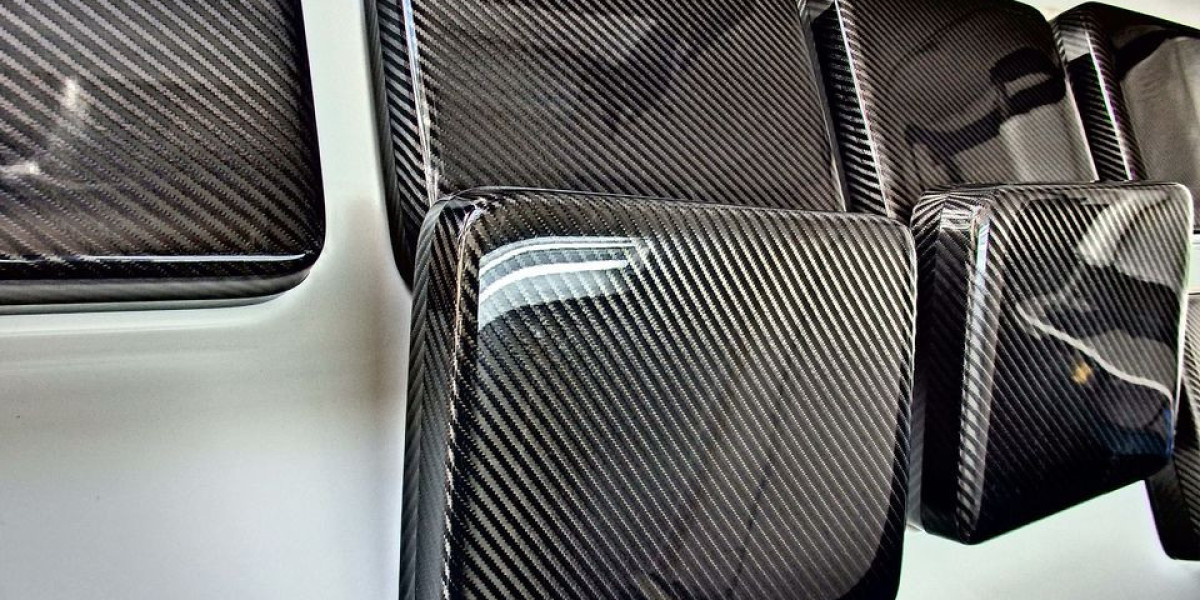Brass is a commonly recycled metal alloy made primarily of copper and zinc. Due to its versatility, durability, and attractive appearance, brass is widely used in plumbing, electrical fittings, musical instruments, decorative items, and machinery parts. When these items reach the end of their life cycle, they become valuable brass scrap—ready for recycling.
In Port Arthur, Texas, a city with industrial roots and access to multiple scrap yards, brass scrap recycling is a practical way for individuals and businesses to make money while contributing to sustainability. This article breaks down everything you need to know about brass scrap prices per pound in Port Arthur, the types of brass scrap, how prices are determined, and tips to maximize your returns.
What is Brass Scrap?
Brass scrap refers to discarded brass materials that can be recycled and reused. It comes in many forms, including:
Plumbing fixtures
Valves and fittings
Used shell casings
Brass radiators
Locks, hinges, and handles
Machinery parts and gears
Musical instruments
Unlike pure copper or aluminum, brass is an alloy. This makes it slightly less valuable by weight than copper but still a high-demand material in the scrap metal industry.
Average Brass Scrap Price Per Pound in Port Arthur
While prices can fluctuate daily, as of recent averages, here are the typical brass scrap prices per pound in Port Arthur:
Yellow Brass: $2.00 – $2.50 per pound
Red Brass: $2.40 – $2.90 per pound
Dirty Brass: $1.20 – $1.80 per pound
Brass Shell Casings (clean): $1.80 – $2.30 per pound
Mixed Brass Scrap: $1.50 – $2.00 per pound
These rates are affected by the global price of copper, as brass contains a large percentage of copper (usually 60–70%). Red brass typically contains more copper than yellow brass, which makes it more valuable.
Types of Brass Scrap and Their Values
Understanding the types of brass can help you sort your scrap effectively and earn higher rates:
Yellow Brass
Found in faucets, plumbing parts, and light fixtures
Common and widely accepted
Mid-range value due to moderate copper content
Red Brass
Contains more copper than yellow brass
Used in heavy-duty valves, sprinkler heads, and pump parts
Higher price due to richer copper composition
Dirty Brass
Brass items mixed with other materials like rubber, steel, or plastic
Lower price due to the need for extra cleaning and processing
Brass Shell Casings
From ammunition (non-live)
Valuable if cleaned and sorted
Contaminated or mixed casings may fetch less
Brass Radiators
Typically from older vehicles or machinery
Must be free of steel tanks or solder for maximum value
Factors Affecting Brass Scrap Prices in Port Arthur
Prices for brass scrap vary for a number of reasons. These are the most important:
Copper Market Trends
Since brass is mostly made of copper, changes in the global copper market directly impact brass prices. A rise in copper prices typically boosts brass rates.Quality and Cleanliness
Clean brass without any non-metal parts will earn a higher rate. Dirty brass may need to be processed before melting, which reduces its value.Quantity and Bulk Selling
Selling larger volumes of sorted brass often results in better rates. Some yards offer bulk pricing or preferred rates for regular sellers.Local Scrap Yard Policies
Different recycling centers in Port Arthur may have their own pricing structures. It's a good idea to call around and compare offers.Supply and Demand
During times of high demand in manufacturing or construction, brass prices may go up. Conversely, during economic slowdowns, prices may dip.
How to Maximize Profit from Brass Scrap in Port Arthur
Here are some tips to help you get the best return:
Sort Your Scrap: Separate red brass, yellow brass, and dirty brass. Sorting helps recyclers evaluate and pay accurately.
Clean Your Brass: Remove any plastic, rubber, or steel parts. A clean, pure piece of brass is worth significantly more.
Use a Magnet: Brass is non-magnetic. If a magnet sticks to the item, it likely has other metals that reduce its value.
Check Prices Weekly: Monitor brass and copper prices regularly. Selling when prices peak can add up over time.
Weigh Your Scrap: Knowing how much you have before visiting the yard gives you better bargaining power.
Build a Relationship: If you sell regularly, build a rapport with local scrap yards. They may offer better prices to repeat customers.
Common Places to Find Brass Scrap
Even if you’re not in the recycling business, you can still collect brass from common sources:
Old plumbing systems
Damaged musical instruments
Discarded locks and keys
Scrapped machinery and tools
Antique furniture fittings
Hunting or shooting ranges (brass shell casings)
Environmental and Economic Benefits of Brass Recycling
Brass recycling offers several important advantages:
Conserves Resources: Reduces the need for mining copper and zinc.
Energy Savings: Recycling brass uses far less energy than producing it from raw materials.
Reduces Waste: Keeps heavy metals out of landfills and promotes a cleaner environment.
Supports Local Economy: Creates jobs and income in the scrap and manufacturing industries.
Conclusion
Brass scrap is a valuable and easily recyclable material with strong demand in Port Arthur and beyond. Understanding the different types of brass, what affects their prices, and how to properly sort and clean your scrap can help you earn the best possible return. Whether you’re a contractor, scrapper, or just cleaning out old items, turning brass into cash is both profitable and environmentally responsible.



